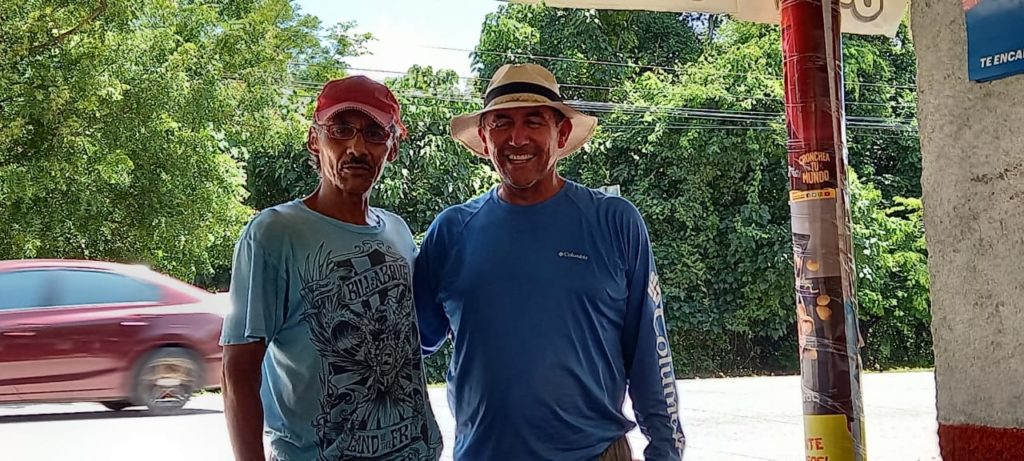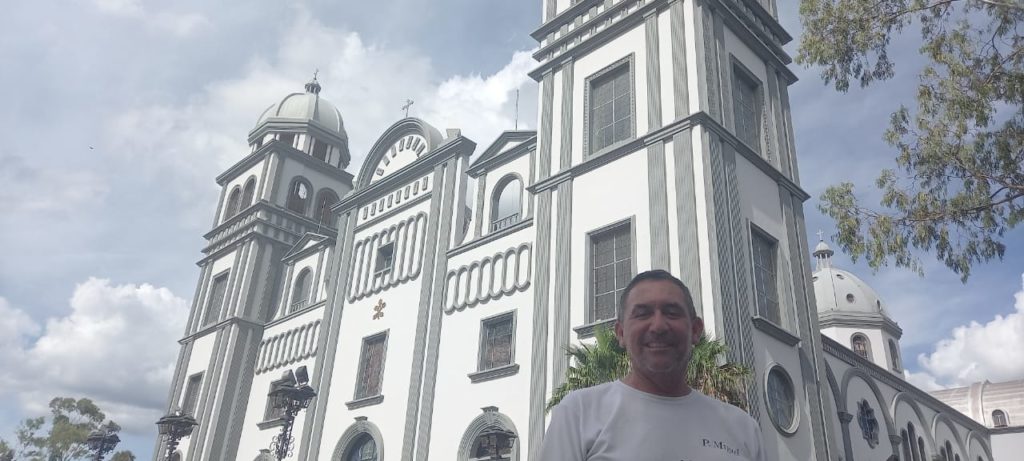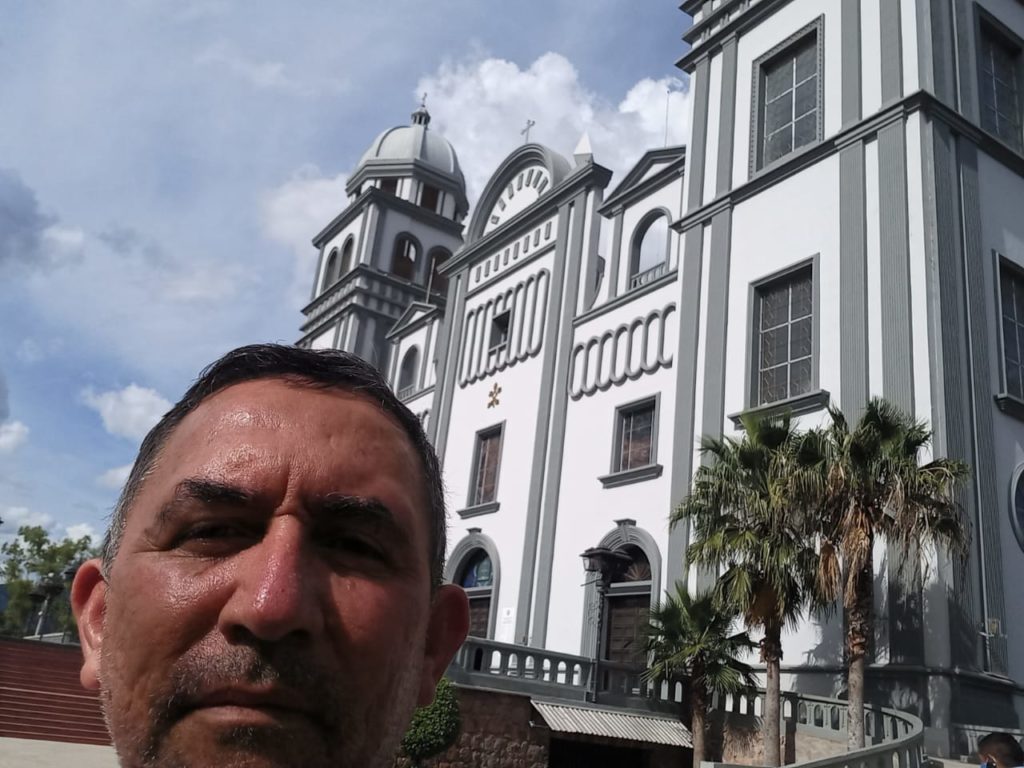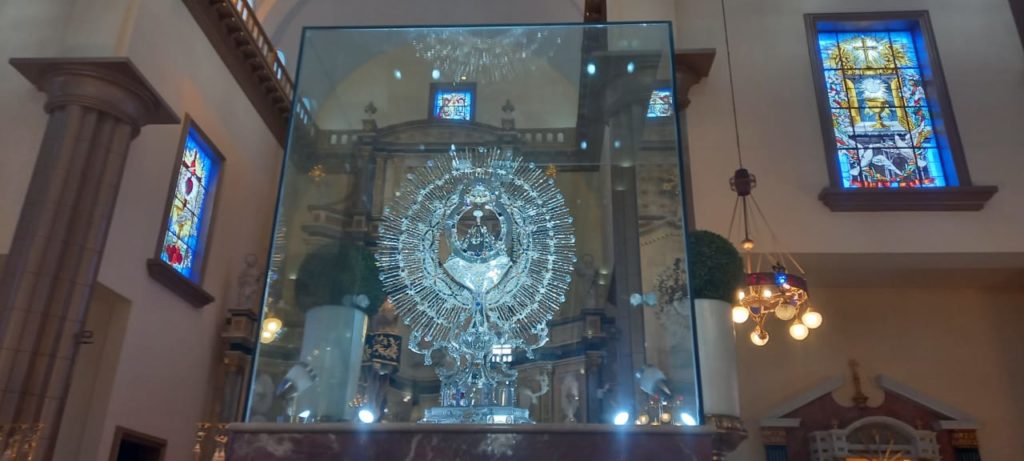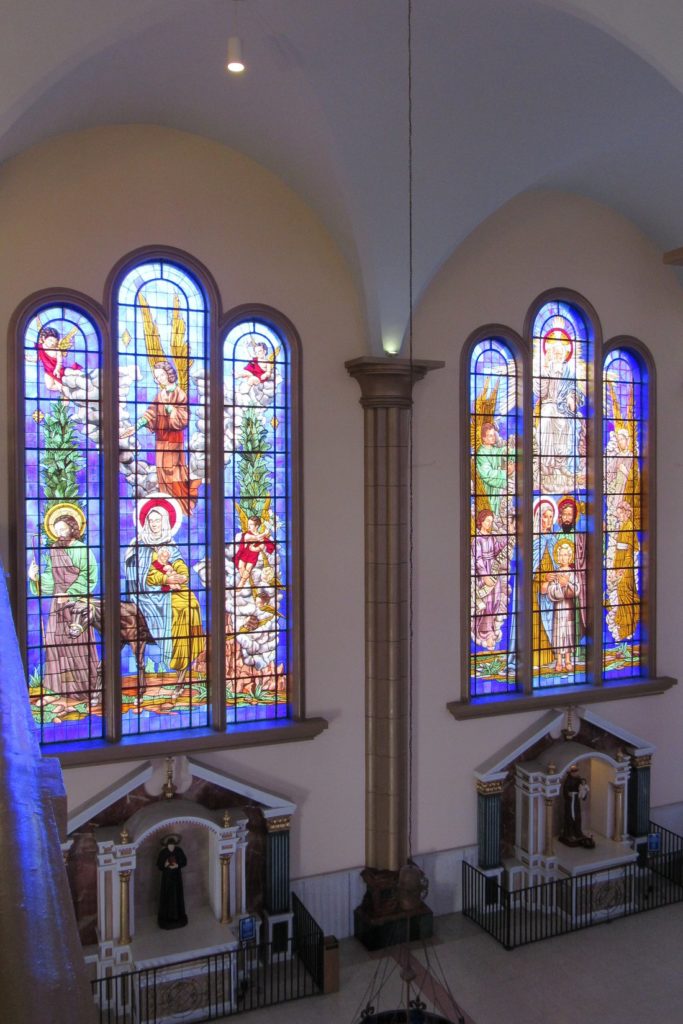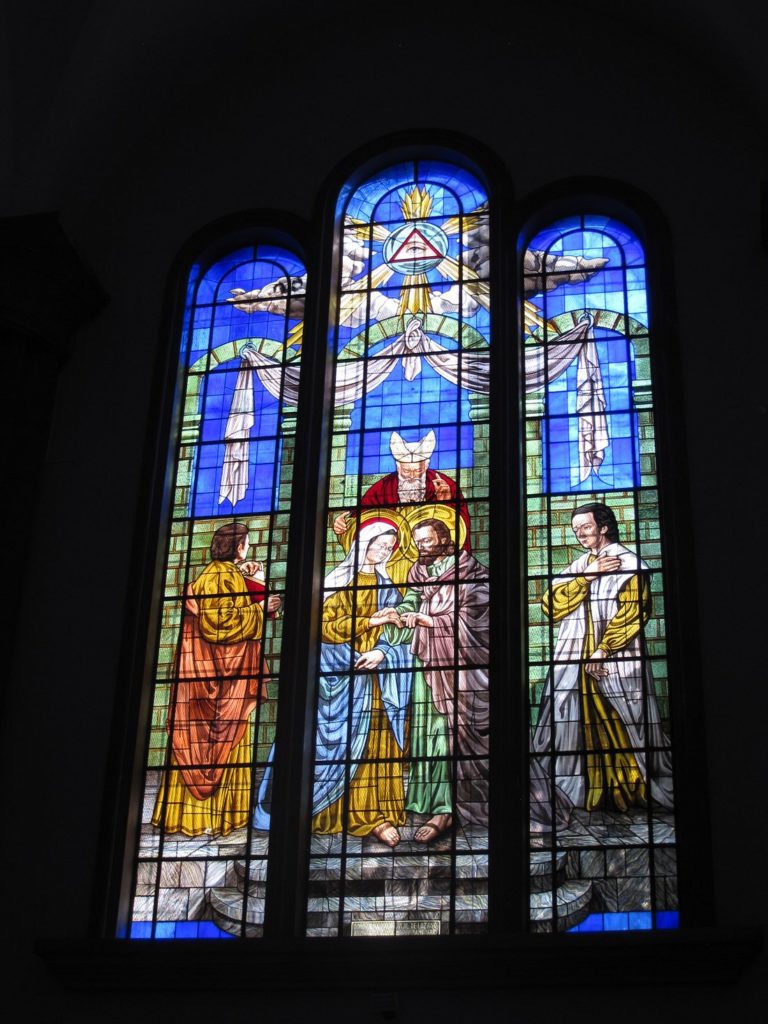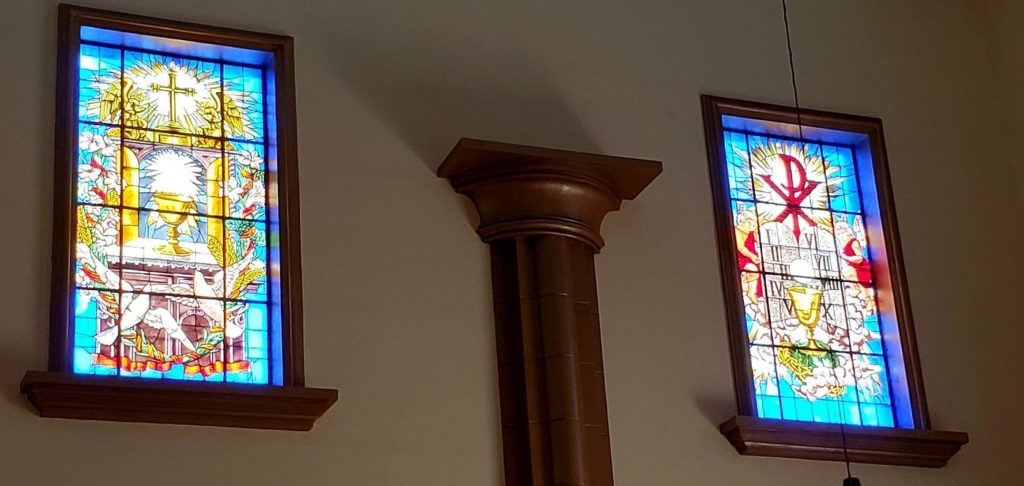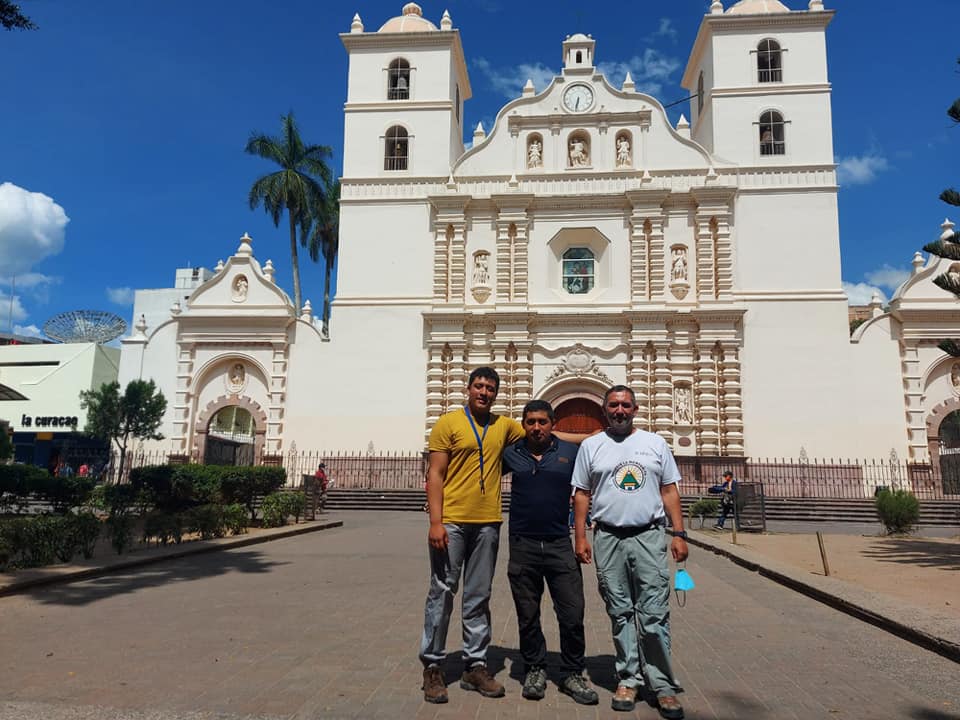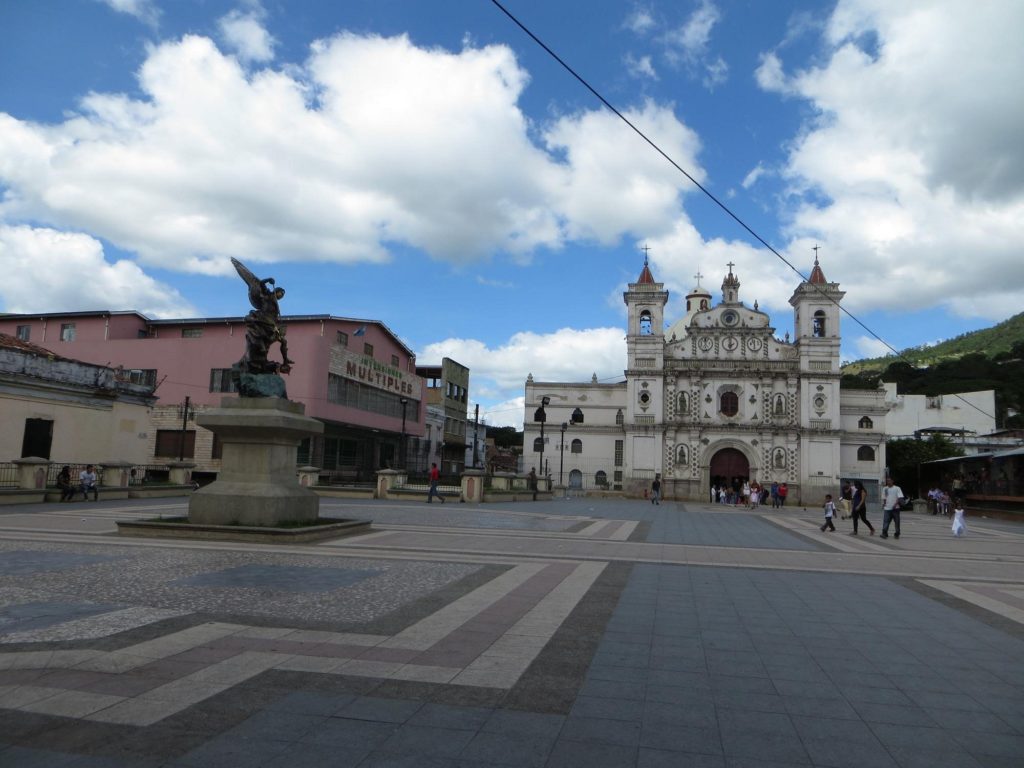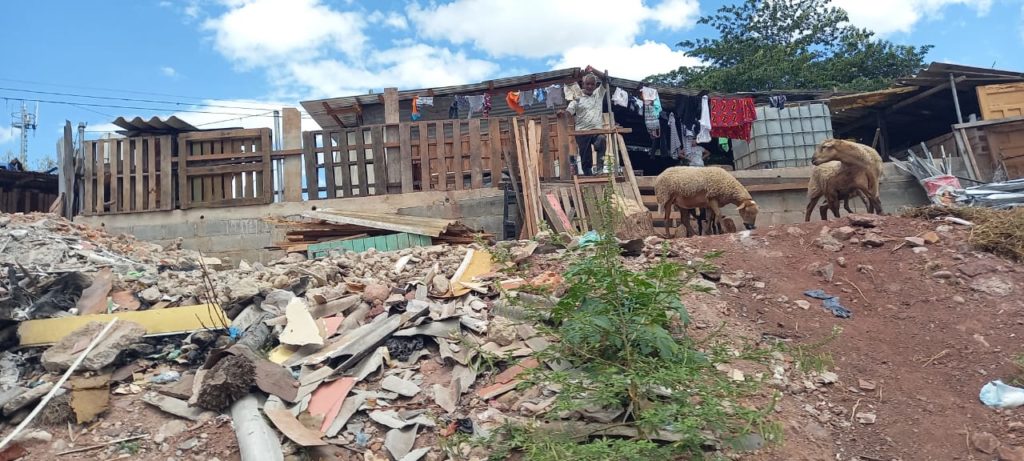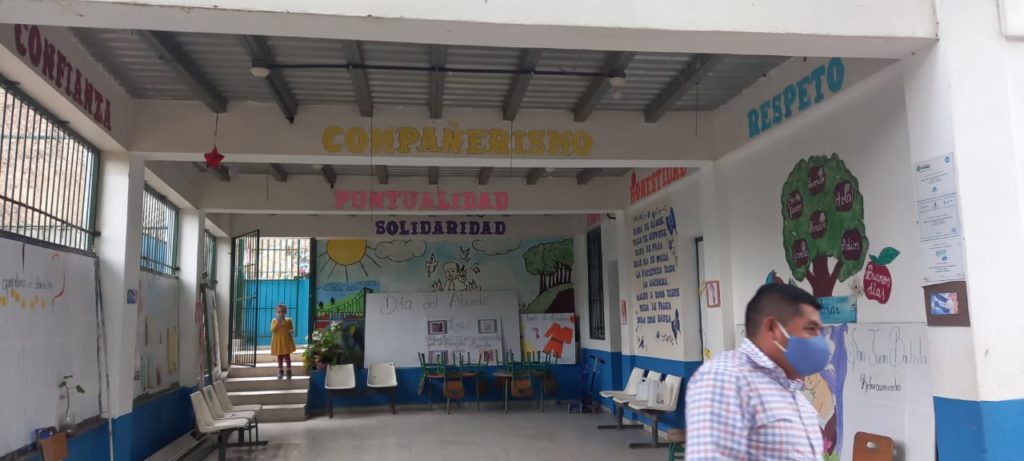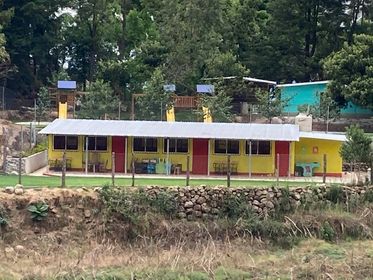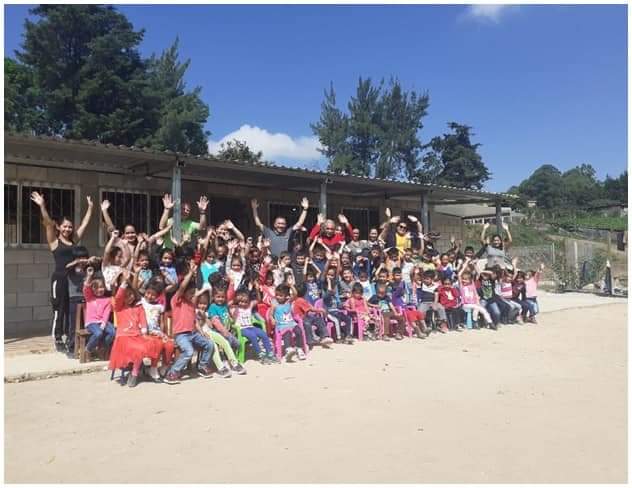18 August
When we last checked in on Fr. Miguel, Ignacio, and Eduardo, they were enjoying the cool of the garden at the parish in Ojojona, Honduras. They were still recovering from the days of heat and humidity in the lowlands, and the long climb up to the higher altitudes.
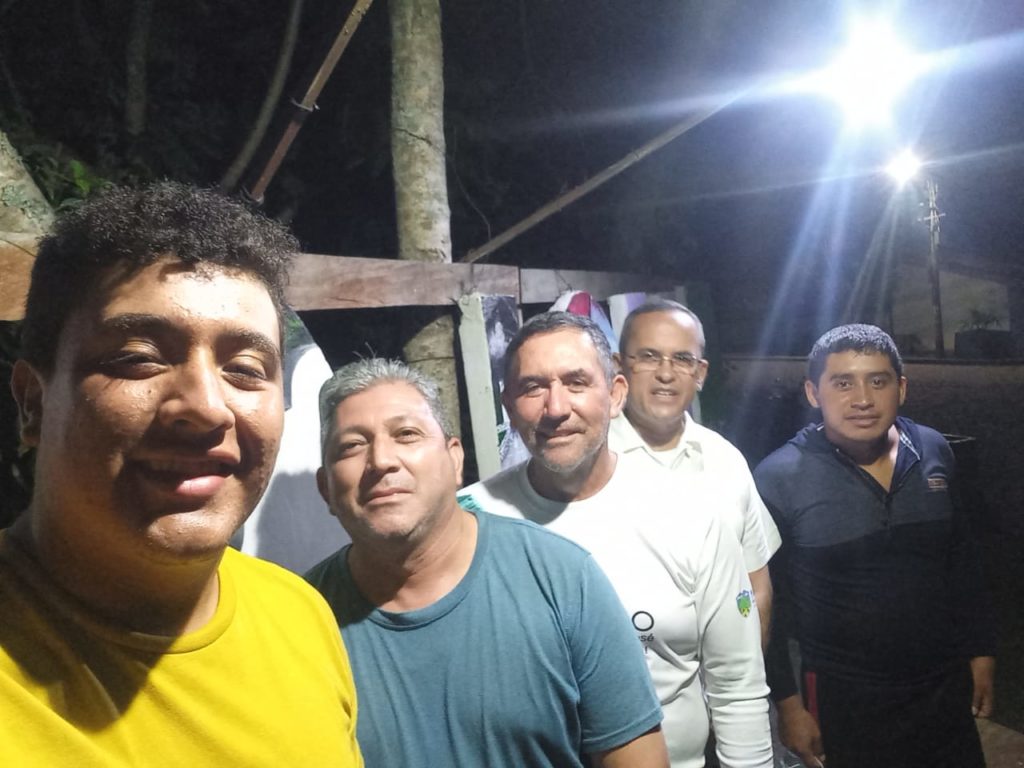
Early the next morning, they bid farewell to their hosts, Fr. Tony and Rene, offering many thanks for their hospitality in Ojojona. And then it was time to hit the road.
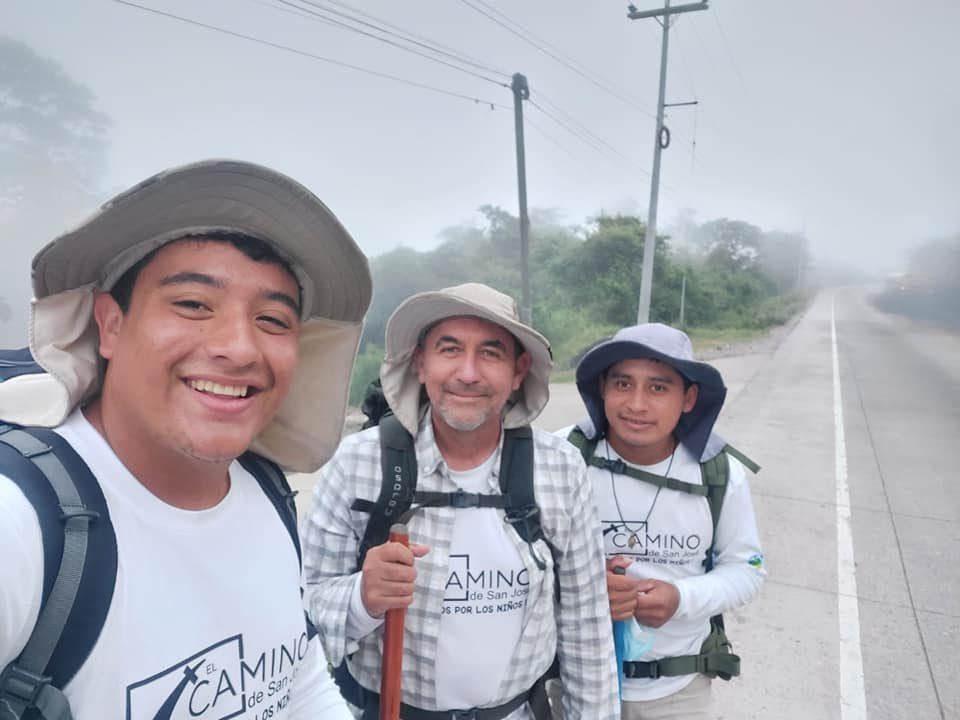
Their planned route to Tegucigalpa was to cover 32 kilometers or almost 20 miles.
They weren’t the only ones on the road this morning…
The outstanding friendliness and generosity of the people of Honduras has made quite an impression on the team. One challenge that most Hondurans face is the lack of availability of drinking water. Fr. Miguel reports that it has not been unusual for people to stop their cars to offer them water. Some people have stands set up by the side of the road to sell water. On several occasions these gracious people have offered a gift of water to the thirsty travelers. How gracious the Lord has been to introduce new friends along the way!
“For truly, I say to you, whoever gives you a cup of water to drink because you belong to Christ will by no means lose his reward.” —Jesus (Mark 9:41)
Upon arrival in Tegucigalpa, the team visited the Basilica of Our Lady of Suyapa in the small suburb of Suyapa. This beautiful church has a very interesting and fairly recent history.
La Morenita (the Dear Dark One) is a small image of the Virgin Mary, carved in cedar wood, measuring less than 2.5 inches tall. It is believed that the figure is very old and was possibly carved as a devotional item by an unknown amateur artist. There are varying versions of how this figure was discovered, but the general consensus is that it was found in 1747 by a laborer named Alejandro Colindres. Many Hondurans believe the version of the story that has Colindres and a companion being overtaken by nightfall on their way home from laboring in some cornfields in the mountains northeast of Tegucigalpa. They settled in to spend the night in the open. During the night, Colindres was awakened by a sharp pain in his side. He discovered that he was sleeping on a small, hard object. Taking it to be a small rock, he threw it away, only to find it underneath him as he lay down again. The next morning, Colindres discovered that he had been sleeping on a tiny statue of the Blessed Virgin Mary. He took the statue home and set it up on the small altar in his mother’s house, where it remained for the next 20 years.
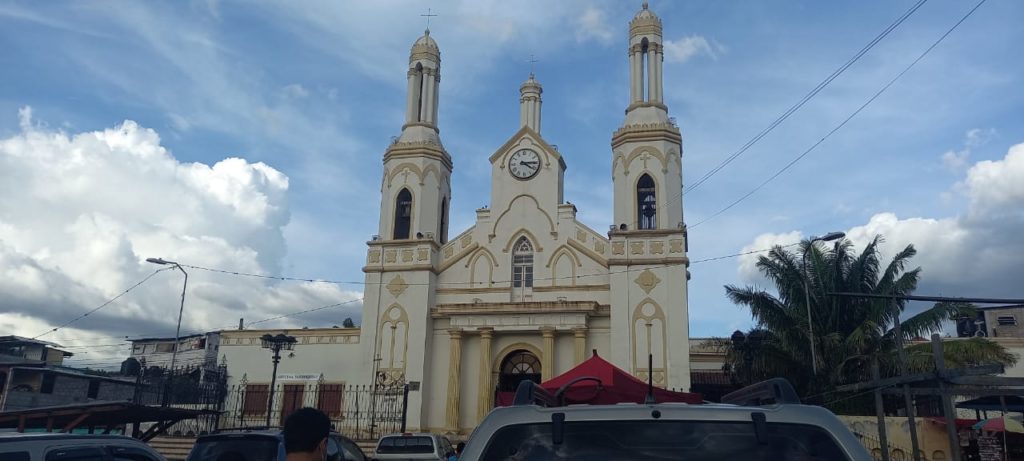
In 1768, the statue was credited with its first recognized miracle. Public attention grew, and by 1777 a chapel was constructed to house it. La Iglesia Virgen de Suyapa, also known as La Iglesia Antigua de Suyapa (The Old Church of Suyapa), is one of the most important churches in Honduras due to its role as the permanent home of the Virgen de Suyapa statue. In 1925, Pope Pius XI declared her Patroness of Honduras under the title Our Lady of Suyapa. And in 1982, she was named by papal decree as the patron saint of all of Central America.
By the 20th century, the old church could no longer accommodate all the people who wanted to worship there. So, in 1954, a large Gothic basilica was built next to the chapel.
The basilica is known for its many stunning stained glass windows.
Fr. Miguel was able to say Mass at the Basilica, a rare privilege.
19 August
Thursday was scheduled to be a day of rest in Tegucigalpa. After the grueling week the team had experienced, they really needed the rest! So it was agreed that they would all sleep in before venturing out into the city. But once they were up and moving, there was plenty to see.
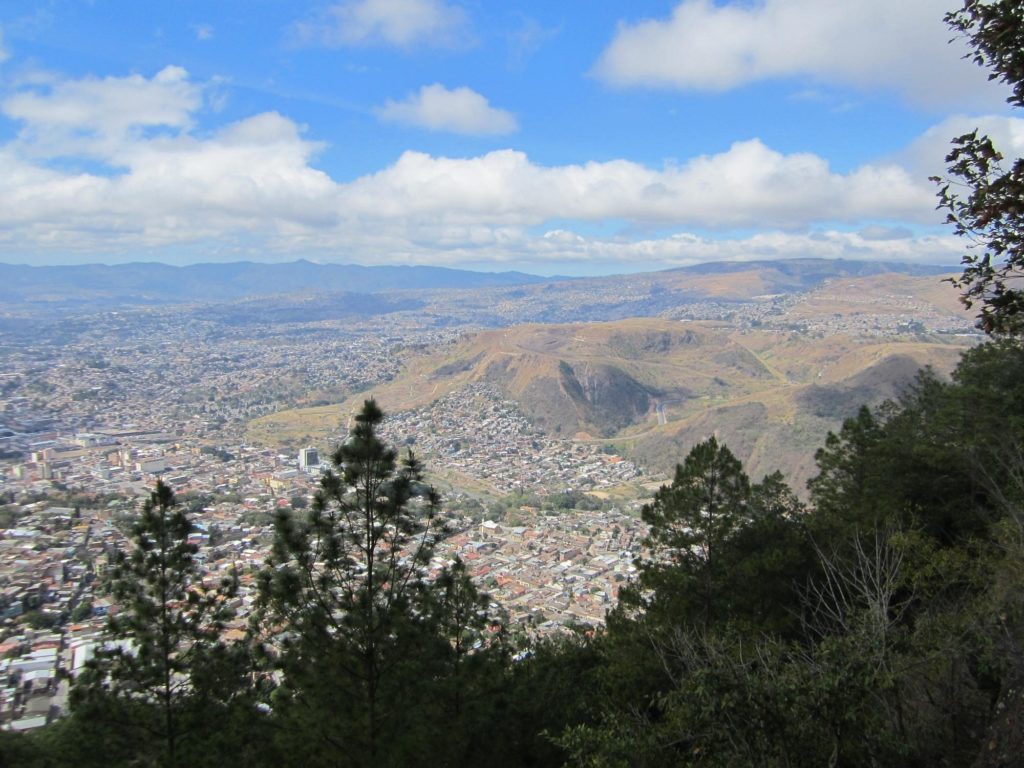
Tegucigalpa is the capital city of Honduras. Set in a central valley surrounded by mountains, it is known for its well preserved Spanish colonial architecture. The city was founded in 1578 on the slopes of Mount Picacho as a gold and silver mining center. The origin of its name is uncertain, but many believe it is derived from the Nahuatl word “Taguz-Galpa”, which means “hills of silver”. Its residents often refer to the city as simply “Tegus” or “Teguz”.
Today, with a population of roughly 1.2 million, Tegucigalpa is the largest city in Honduras. It is home to twelve universities, including the National Autonomous University of Honduras, founded in 1847, as well as twenty-five foreign embassies and sixteen consulates. It is also a center of manufacturing. Since the late 20th century, a number of maquiladoras (duty-free assembly plants) have been established in the area, manufacturing a variety of products including clothing, electrical appliances, and farm machinery. Silver, lead, and zinc are still mined around the city. It’s international airport, Toncontin, is known for its extremely short runway and the unusual maneuvers pilots must undertake upon landing or taking off to avoid the nearby mountains.
One of the beautiful places the team visited was the Catedral de San Miguel. The cathedral was built between 1765 and 1786, and is dedicated to the city’s patron saint, Michael the Archangel.
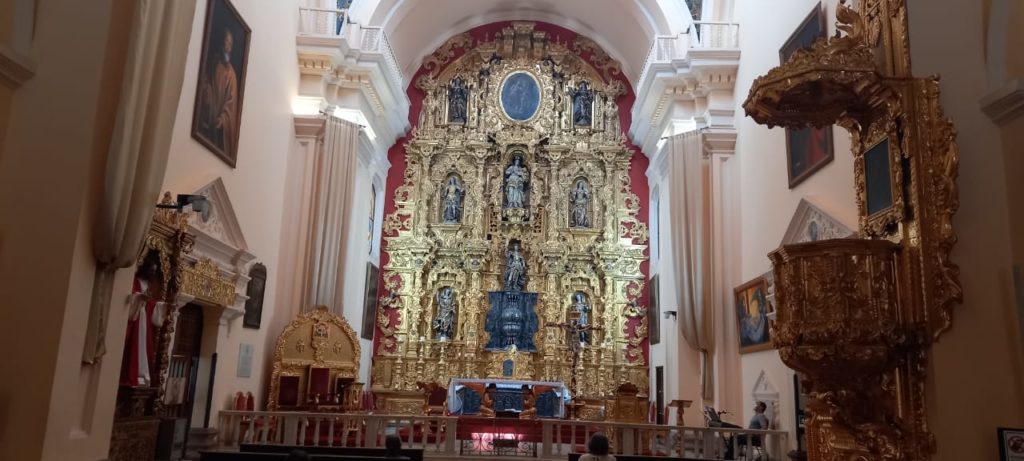
The gold and silver altar was sculpted by the Guatemalan artist Vicente Galvéz.
I’ve always wondered about the difference between a cathedral and a basilica. Tegucigalpa has both, so I looked it up. I learned that a cathedral is the home church for the bishop or archbishop of a Catholic diocese. A basilica is simply an important church building designated by the pope because it carries special spiritual, historical, and/or architectural significance. So now you have a nice piece of information to share the next time there is a lull in conversation over dinner. “Did you know that…” ?

The oldest of the many churches in Tegucigalpa is Iglesia de Nuestra Señora de los Dolores. It was built over 80 years, from 1732 to 1815. It stands in the middle of a beautiful plaza by the same name in the middle of the old town.
There is a striking statue of Saint Michael the Archangel in the square.
So this is the beautiful side of Tegucigalpa. There is another, darker side…
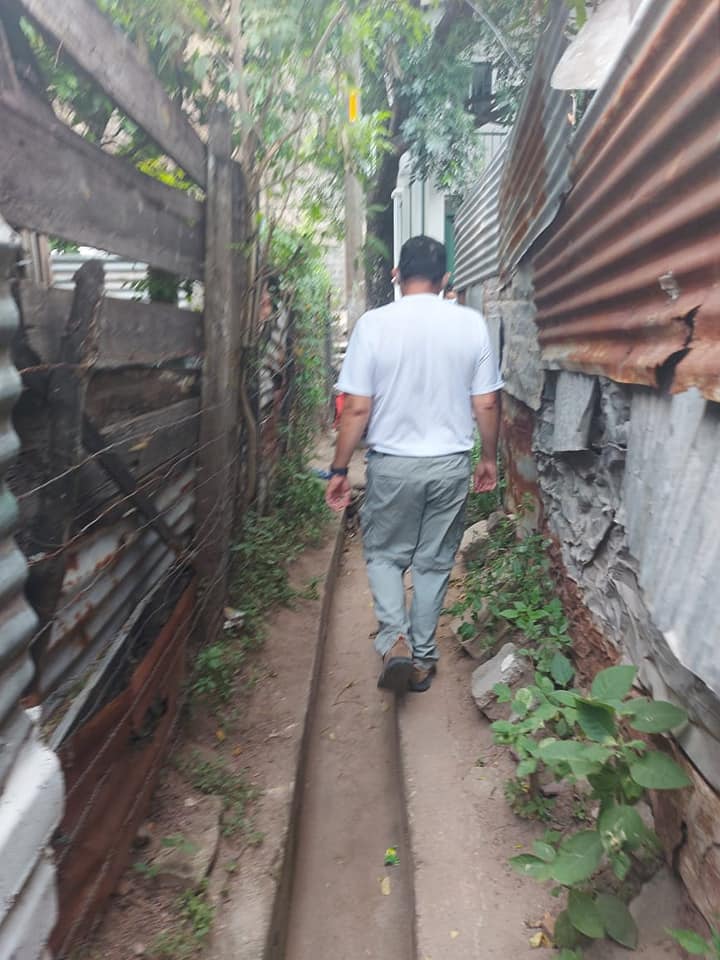
With a history of corruption and poverty, Tegucigalpa is known for being one of Central America’s most dangerous cities. It has the world’s highest murder rate, with almost 40% of the deaths being linked to organized crime. Honduras has about 7,000 gang members in 300-400 street gangs, most of them based in Tegucigalpa.
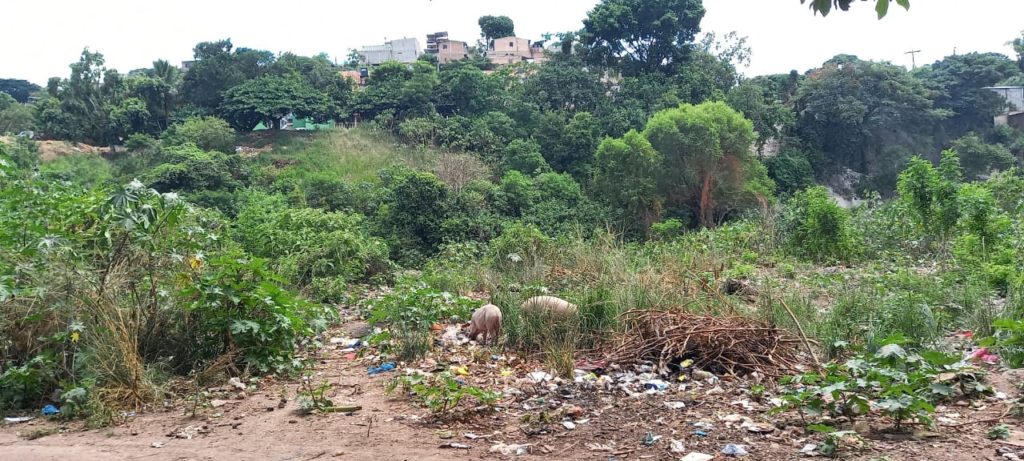
One of the major reasons for the high crime rate is the hopelessness caused by the lack of availability of jobs for the many Hondurans who migrate to the city in search of work. The poor in Tegucigalpa often live in cramped, unsanitary rows of dirt floored rooms called cuarteríos. More than half of the residents of Tegucigalpa live in poverty, with almost 20% living in extreme poverty.

The gap between the middle class and the poor is pronounced, but even the middle class do not fare well. The average annual salary in Honduras is just over $14,000. Fr. Miguel reports that income is generally lower than in Guatemala, but the cost of living is higher than that in Guatemala by about 50%.

During the 1980s and 1990s there was an especially rapid increase in the urban population around Tegucigalpa. City planning and zoning were not up to the challenge, and the lack of sufficient infrastructure led to unemployment, rising crime rates, air and water pollution, and disorganized urbanization. This is especially evident on the slopes of several hills surrounding the city where some of the city’s most impoverished residents live.
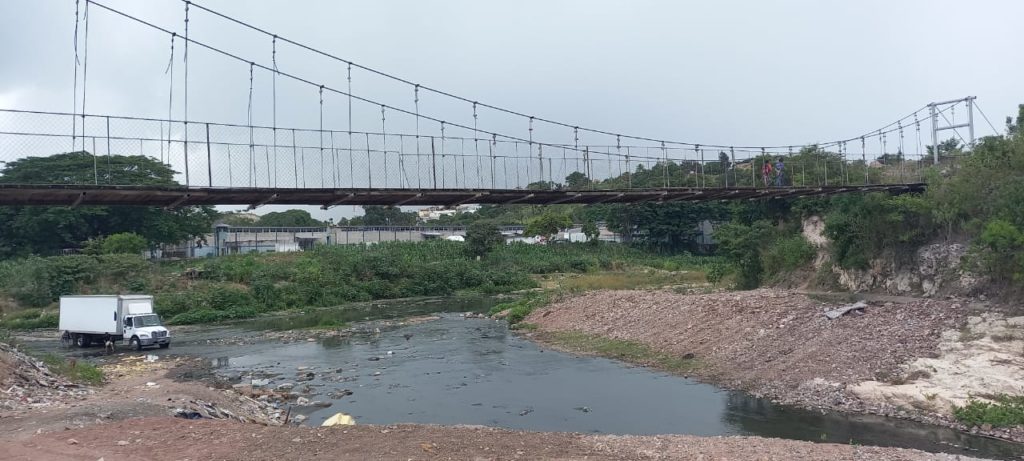
In 1998, Hurricane Mitch ravaged Honduras, creating devastating landslides and floods, causing heavy deforestation and the destruction of thousands of homes, and severely damaging urban services. The country has never fully recovered. Even today, the remnants of destruction caused by Hurricane Mitch are still visible, especially along the banks of the Choluteca River.
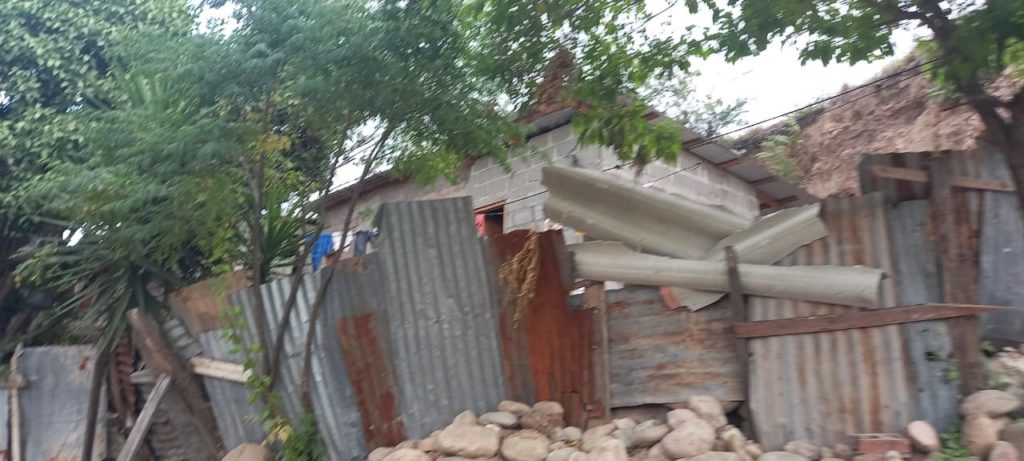
Today, Tegucigalpa continues to sprawl far beyond its former colonial core, creating a large but disorganized metropolis.
Health care is generally inadequate throughout Honduras, but those in urban areas are especially hard hit. Death rates are high among the lower economic groups, who struggle especially with malnutrition and malaria. The maternal mortality rate is about twice that for the rest of Latin America, and the infant mortality rate is nearly three times that of the United States. It is estimated that 1 in 100 residents of Tegucigalpa suffer from a physical or mental disability. Only 140,000 in a city of 1.2 million residents have direct access to potable water.
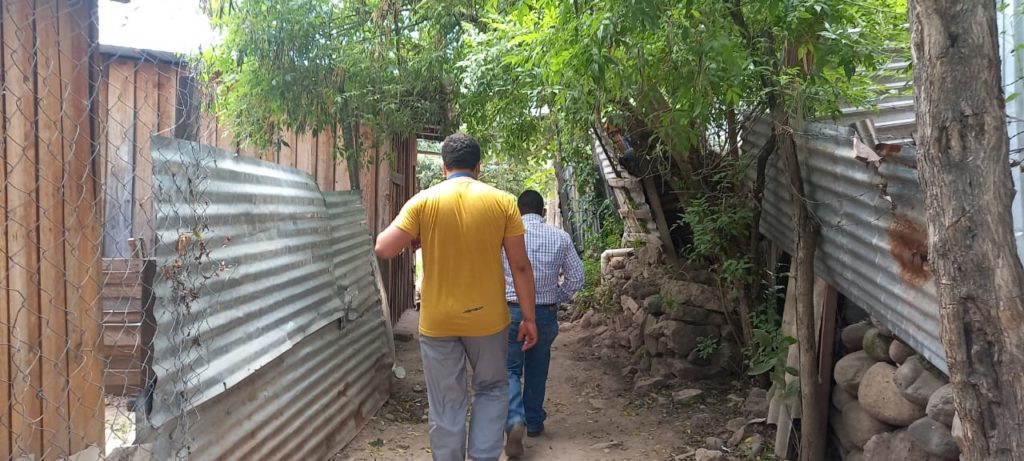
According to law, education in Honduras is free and, at the primary level, compulsory for all children. Nevertheless, more than one fourth of the population over age 15 is illiterate. More than 60,000 residents of Tegucigalpa are unable to read or write.
But there is hope on the horizon. In one of the poorest neighborhoods of Tegucigalpa, Fr. Patricio has a school, the Saint John the Baptist Children’s Center.
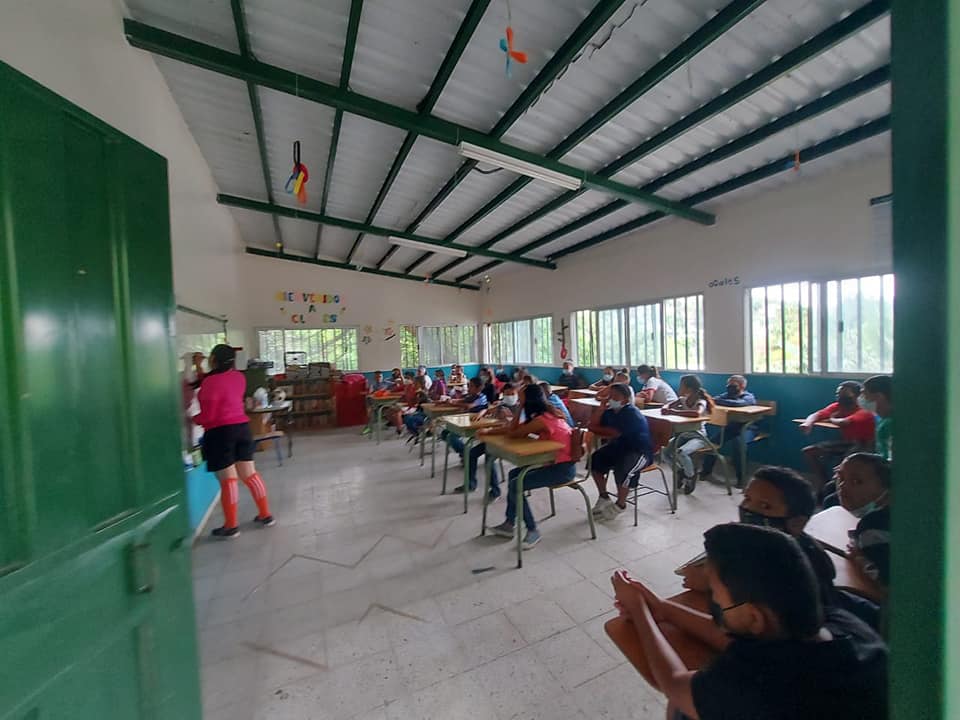
This school is part of a much larger project, ACOES Honduras, founded by a Catholic priest from Spain more than thirty years ago, that serves about 11,000 children throughout Honduras, from pre-K through high school.
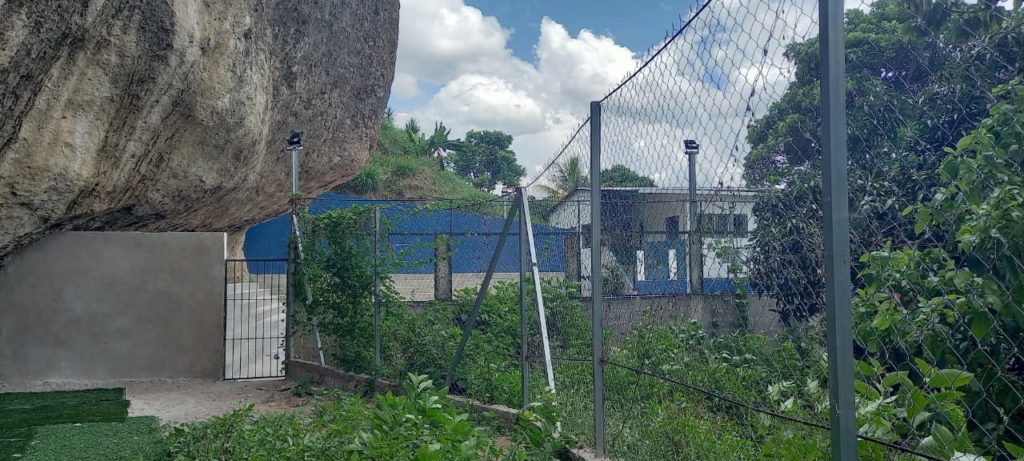
Land is bought and schools are built in various townships where there is the most need.
Children receive an education in a safe and caring environment.
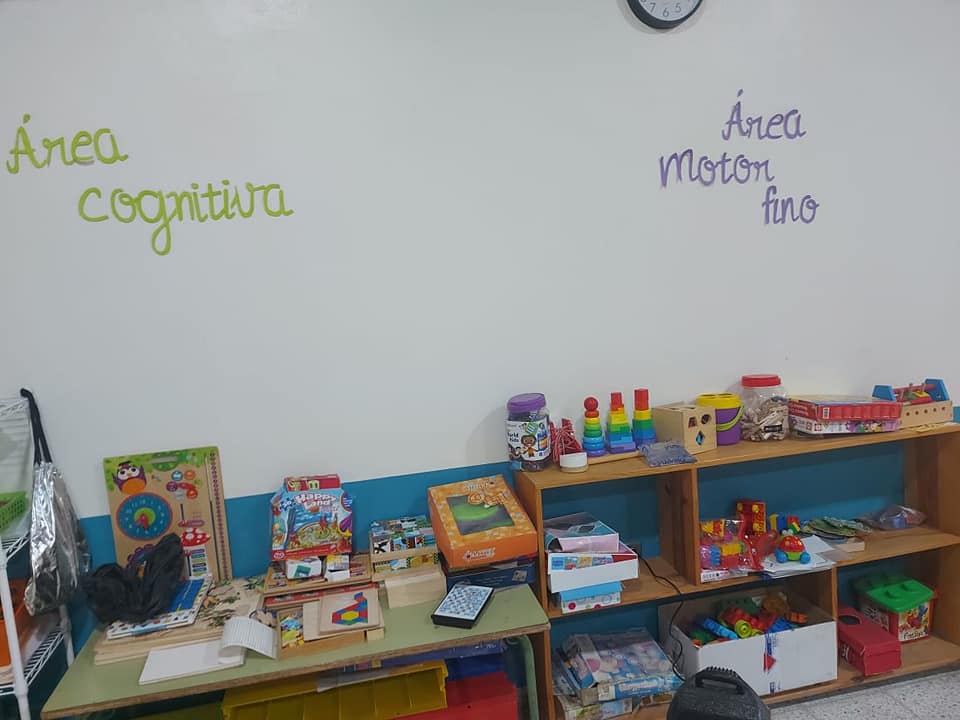
As elsewhere in the world, those who have access to education exponentially raise their chances of escaping the cycle of poverty.
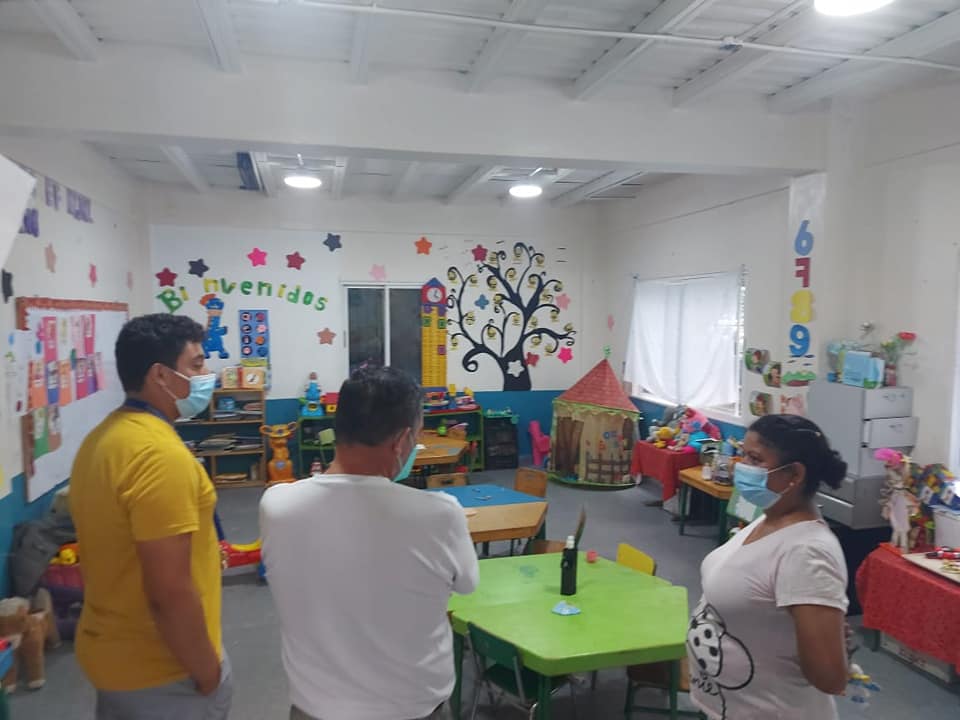
Fr. Miguel, Ignacio, and Eduardo were able to visit the school and spend some time talking with the students and teachers.
The project is similar to our project in Guatemala, The Little Mountain School.

As of now, we are only serving about 100 children in rural Palencia, Guatemala.
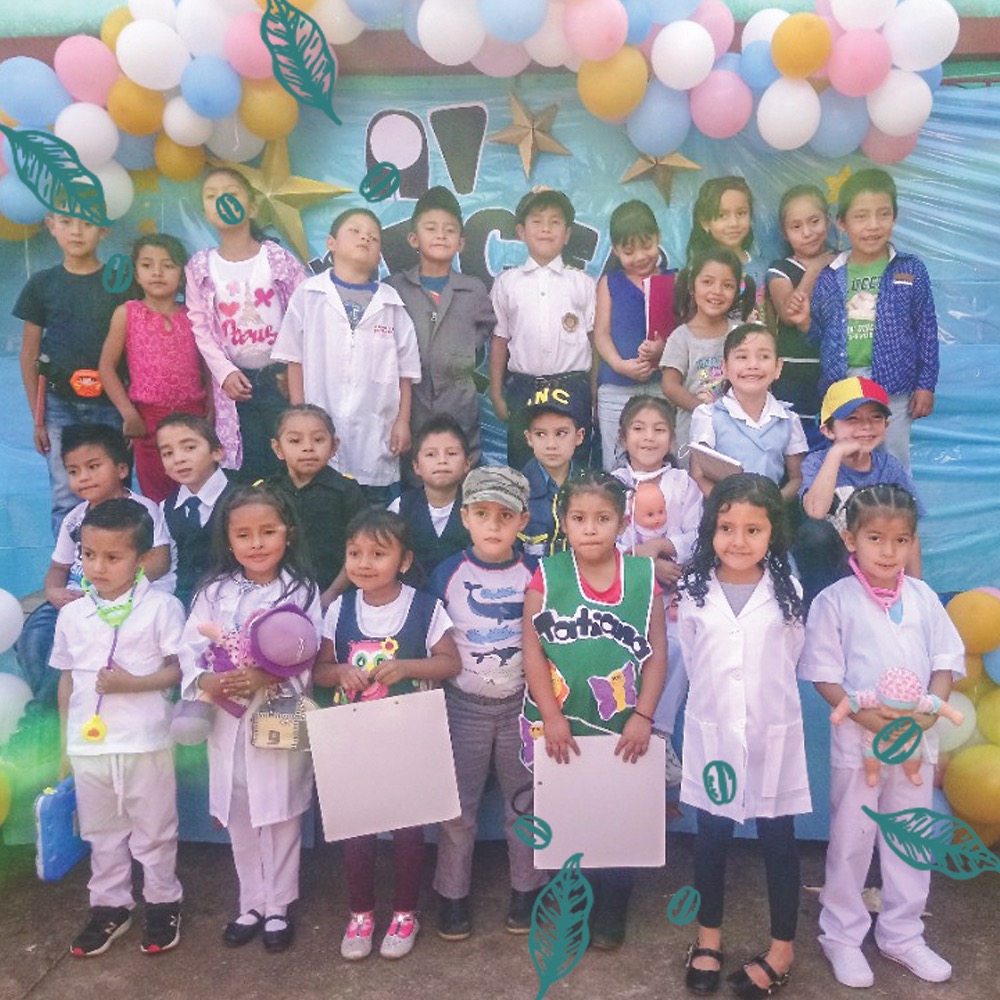
Wouldn’t it be wonderful if, in 30 years or so, we could see the sort of success that Fr. Patricio has seen in Tegucigalpa?

You can have a part! We can’t do this work without help. Fr. Miguel has undertaken the Camino de San José to raise funds necessary to support The Little Mountain School.
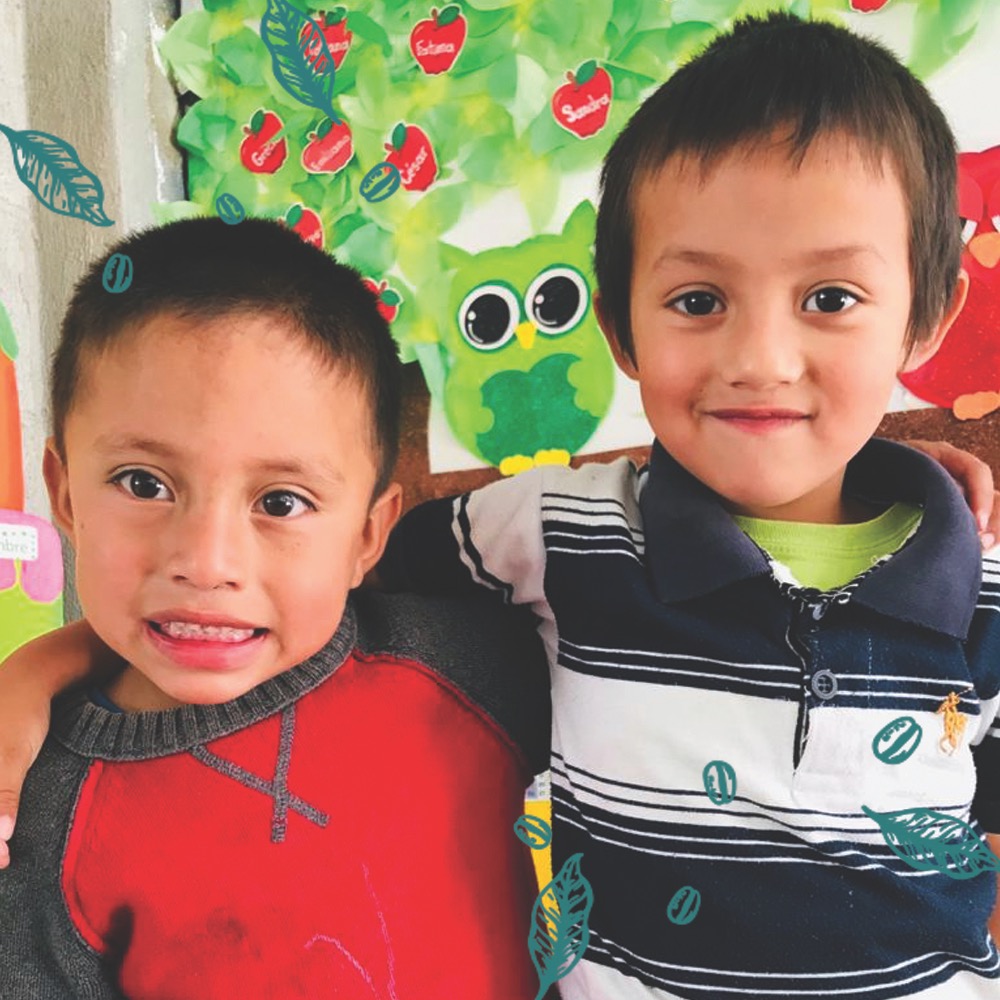
Here, children receive an elementary education in Spanish and English, as well as two meals a day.
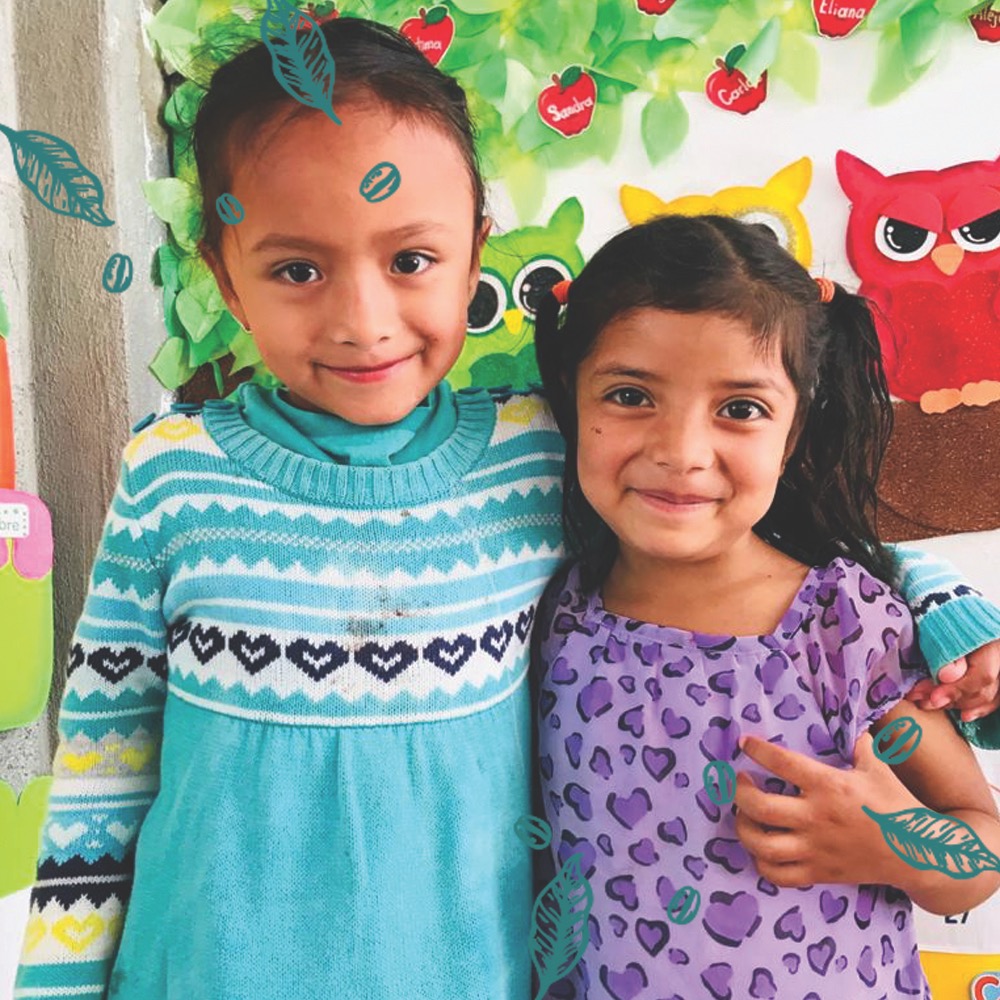
The cost of educating and feeding a child for an entire year is only about $1,000. So your donation of even a few dollars goes a very long way to change lives.
If you have read this far, you must have at least a small interest in Fr. Miguel’s work with the Little Mountain School. ? Would you consider becoming a part of the Little Mountain School family by making the most generous donation you can?
Many thanks in advance!
Blessings,
Sr. Grace

